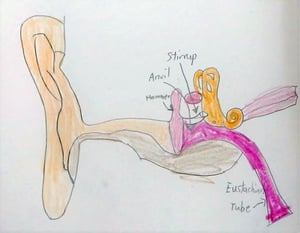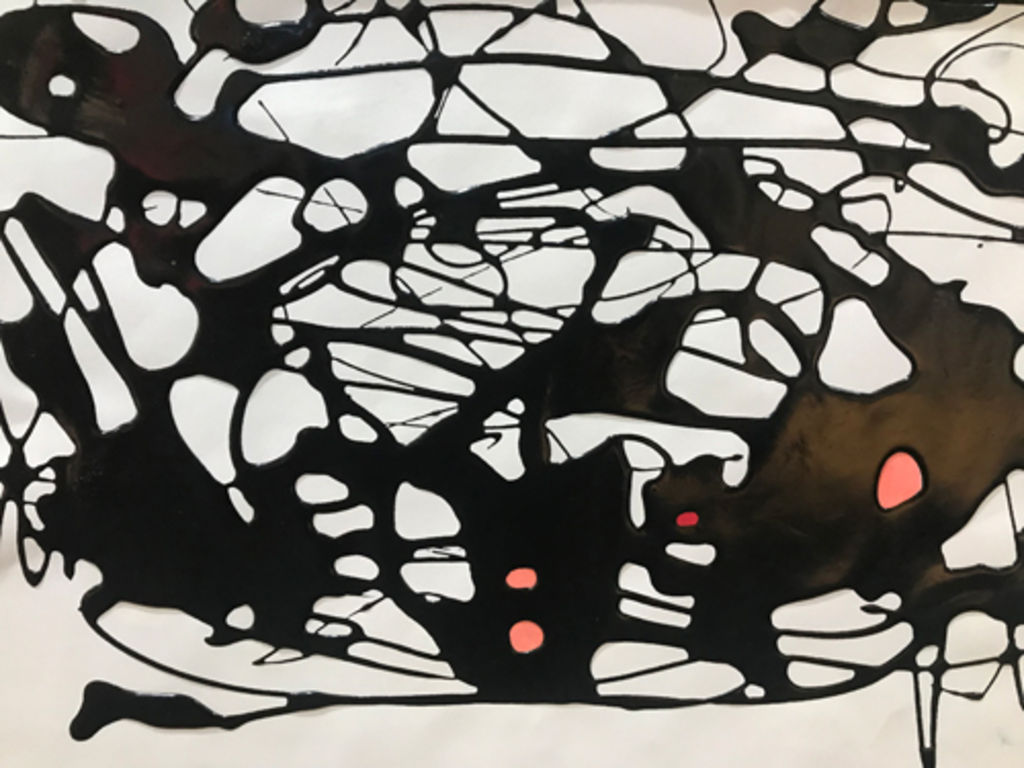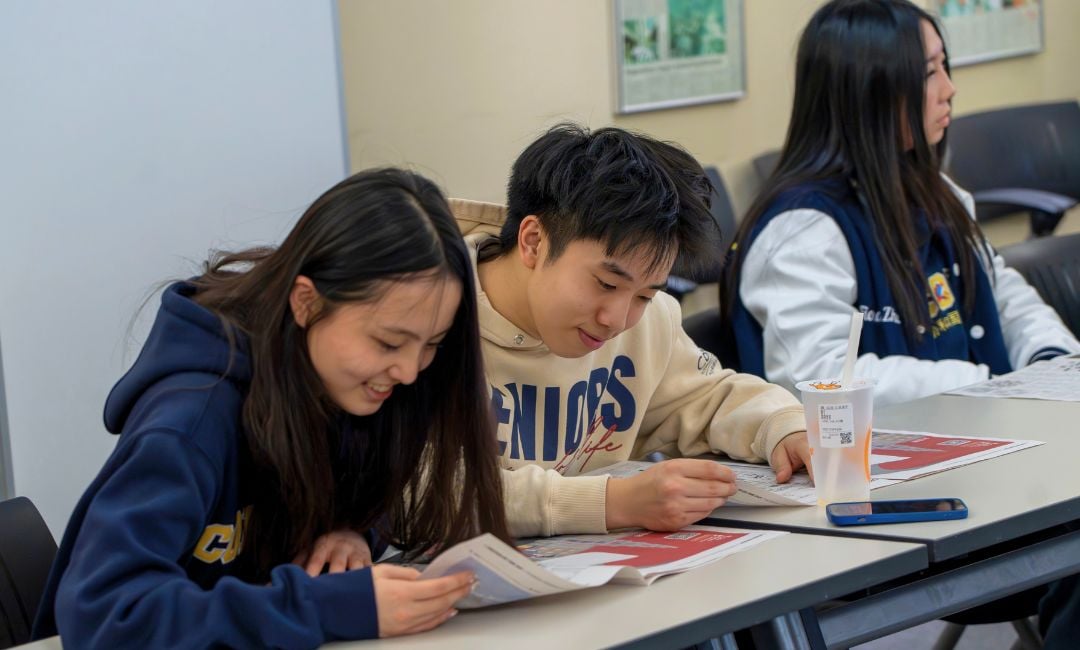Back in the 2018 fall semester, grade one students at Concordia embarked on a scientific study of sound, which had them exploring these essential questions: What makes sound? How does it travel? And how is it used to communicate over a distance?
According to first grade teacher Carol Willison, this line of questioning was designed to lead students to an understanding of the "relationship between sound and vibrating materials and how sound energy is transferred from place to place."
 In pursuit of answers to their queries, Willison's class learned about some of the ways sound is created and transmitted, and how it is captured and processed by the human the ear. They used tuning forks and self-created musical instruments to produce various types of sound waves in order to think about and experience the science behind the creation of sound, Willison explains.
In pursuit of answers to their queries, Willison's class learned about some of the ways sound is created and transmitted, and how it is captured and processed by the human the ear. They used tuning forks and self-created musical instruments to produce various types of sound waves in order to think about and experience the science behind the creation of sound, Willison explains.
Through their experiments, students discovered that, though invisible, sound is a powerful force. This is true not simply from a scientific perspective, but from a creative and emotional perspective as well. There is an emotional associations created from the sound waves our brains receive and interpret. This helps to explain the emotional impact that sounds such as music have on the listener. But how to introduce an abstract concept such as this to six-year olds? That’s where art class comes in.
Approaching sound from another angle, elementary art teacher Kim Gibson had students consider the relationship between what they hear and its effect on how they feel. In class Miss Gibson played a variety of music (from jazz and blues to classical) and encouraged students to create expressive paintings that demonstrate how a sound's pitch and volume can invoke certain feelings. In creating the artworks, students were, in effect, translating moods and emotions from an audible medium to a visual one. The expressive paintings below were produced by Miss Gibson’s class while listening to a piano concerto. In them, Gibson points out, we can see the "crescendos and adagios captured in flowing lines and gentle curves.”
 (Artists like Wassily Kandinsky have been practicing similar techniques of transferring the emotive power of sound to canvas since the early twentieth century. The creative expression of music is so prevalent in Kandinsky's art that many of his paintings have even been referred to as “concertos.”)
(Artists like Wassily Kandinsky have been practicing similar techniques of transferring the emotive power of sound to canvas since the early twentieth century. The creative expression of music is so prevalent in Kandinsky's art that many of his paintings have even been referred to as “concertos.”)A focus on integrated knowledge is essential in twenty-first century education. According to the American Association of Colleges & Universities, integration encourages students to think critically and creatively through diverse perspectives and can lead to a greater potential for academic success. In the case of our creative scientists and their multi-perspective approach to the study of sound, we see they not only explored how sound is created, they also experimented with how it can be communicated across media through artistic expression. This type of meaningful connection transcends the classroom and provides a deeper, more holistic understanding of the phenomenon of sound and its connection to our physical and emotional lives.




